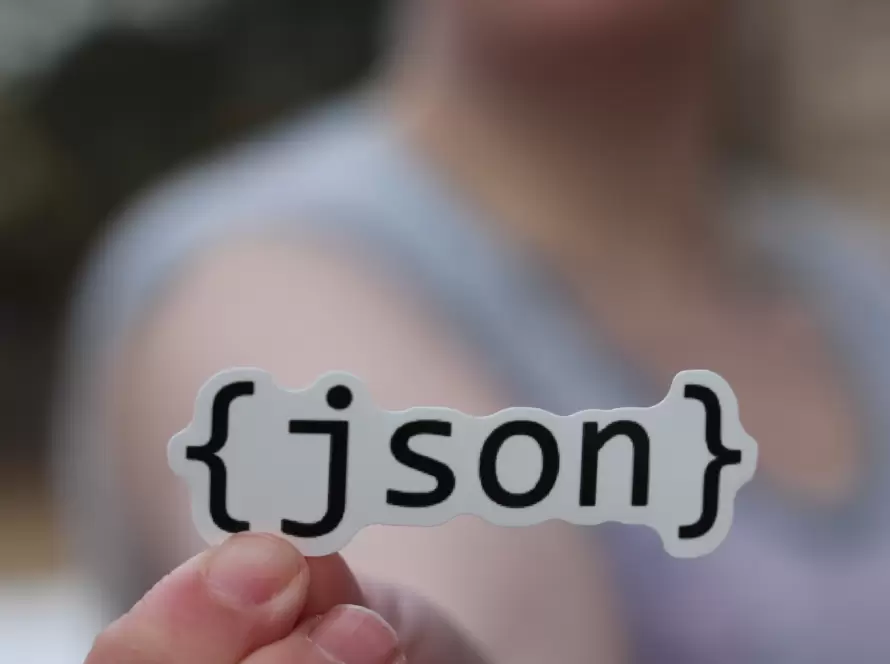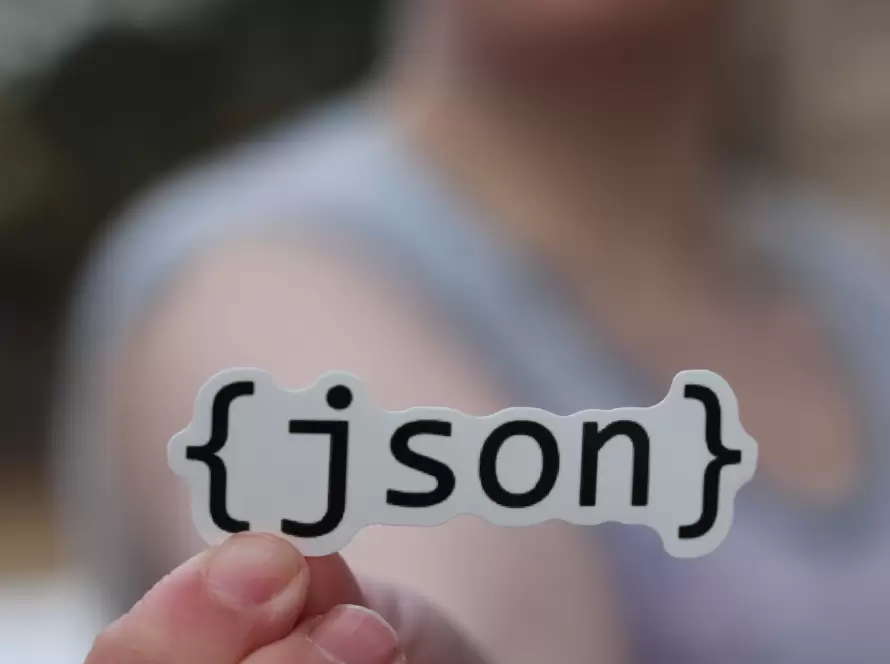Generated by Contentify AI
- Introduction to JSON Data Extraction
- Understanding JSON Data Structures
- Parsing JSON Data in Python
- Accessing and Manipulating JSON Data
- Best Practices for JSON Data Extraction
- Next Steps for Mastering JSON Data Extraction
- Conclusion

Introduction to JSON Data Extraction
JSON (JavaScript Object Notation) is a popular data interchange format used for storing and transmitting structured data. When working with JSON data, it’s essential to know how to efficiently extract and manipulate the information it contains. In this guide, we will explore the process of extracting and working with JSON data using Python. By understanding the structure of JSON data, parsing it in Python, and accessing and manipulating the data, you can effectively harness its power for your projects.
Understanding JSON Data Structures
JSON data structures consist of key-value pairs, arrays, and nested objects. Understanding these structures is crucial for effective data extraction. In JSON, data is organized in a hierarchical manner, making it essential to comprehend how to navigate through the structure to access the desired information. Python provides powerful tools for parsing and manipulating JSON data. By leveraging Python’s libraries such as json, developers can easily extract data from JSON and work with it in their applications. Understanding the intricacies of JSON data structures will enable you to proficiently interact with and extract relevant information using Python.
Parsing JSON Data in Python
When working with JSON data in Python, it’s essential to understand how to parse the data effectively. Python provides a built-in ‘json’ module, which makes it straightforward to parse JSON data. The ‘json’ module offers methods such as ‘json.loads()‘ to parse JSON strings and ‘json.load()‘ to parse JSON from a file. By utilizing these methods, you can convert JSON data into a Python dictionary, allowing for easy access and manipulation of the extracted information. Understanding the parsing process enables you to extract data from JSON using Python seamlessly and efficiently.
Accessing and Manipulating JSON Data
Accessing and Manipulating JSON Data
Once the JSON data is parsed in Python, accessing and manipulating the information becomes crucial. Utilizing Python’s dictionary and list operations, you can navigate through the parsed JSON data to access specific elements. Whether it involves retrieving values associated with keys or iterating through arrays within the JSON, Python provides the tools to manipulate the data as needed. Additionally, employing conditional statements and loops allows for targeted extraction and modification of JSON data. By understanding how to access and manipulate JSON data in Python, developers can effectively utilize the extracted information for various applications and processes.
Best Practices for JSON Data Extraction
When it comes to extracting data from JSON using Python, it is essential to follow best practices to ensure efficient and effective data extraction. One crucial best practice is to thoroughly understand the structure of the JSON data to navigate through the hierarchy easily. Using Python’s built-in ‘json’ module for parsing JSON data and converting it into a Python dictionary enables seamless access and manipulation of the extracted information. Additionally, employing Python’s dictionary and list operations allows for targeted extraction and modification of specific elements within the JSON data. By following these best practices, developers can proficiently extract and work with JSON data using Python for various applications and processes.
Next Steps for Mastering JSON Data Extraction
To further advance your proficiency in JSON data extraction using Python, consider exploring more advanced techniques and libraries. Delve into libraries such as pandas, which offers robust capabilities for working with JSON data, including reading JSON from various sources and transforming it into a structured DataFrame. Additionally, consider mastering error handling and validation when dealing with JSON data, ensuring the reliability and resilience of your extraction processes. Furthermore, deepen your understanding of API integration and how JSON data is commonly utilized in web-based applications. By continuously expanding your knowledge and skills in this area, you can confidently tackle diverse JSON data extraction challenges and optimize your Python-based data processing workflows.
Conclusion
Mastering the extraction of data from JSON using Python entails a comprehensive understanding of JSON data structures and efficient parsing techniques. By leveraging Python’s built-in ‘json’ module, developers can seamlessly parse JSON data and convert it into a Python dictionary for easy access and manipulation. Best practices, such as thoroughly understanding the JSON data structure and utilizing Python’s dictionary and list operations, play a pivotal role in proficient data extraction. Moreover, advancing skills in error handling, API integration, and exploring advanced libraries like pandas can further enhance the effectiveness of JSON data extraction processes in Python. Continuously expanding knowledge and skills in this domain equips developers to confidently tackle diverse JSON data extraction challenges and optimize their data processing workflows.
Key Takeaways
- Use the json module in Python to work with JSON data
- Use the loads() method to parse JSON data into a Python dictionary
- Use the dumps() method to convert a Python dictionary into a JSON formatted string



